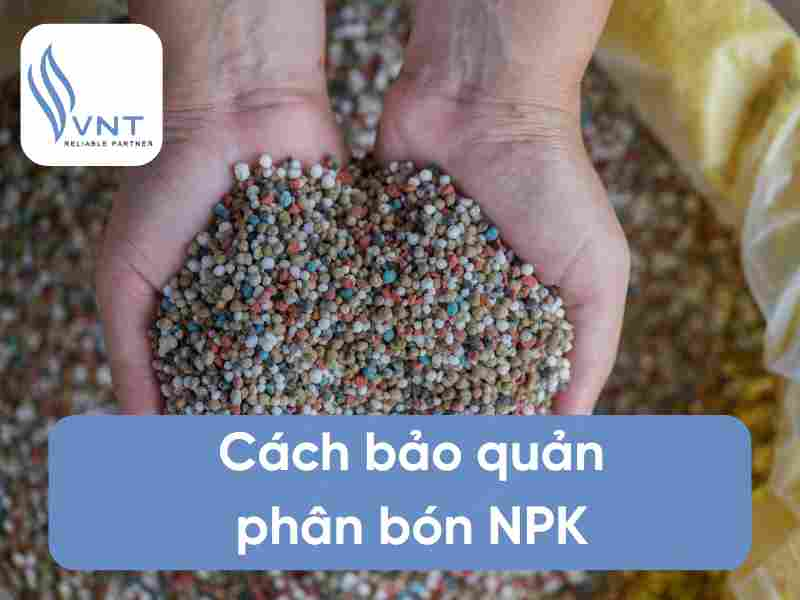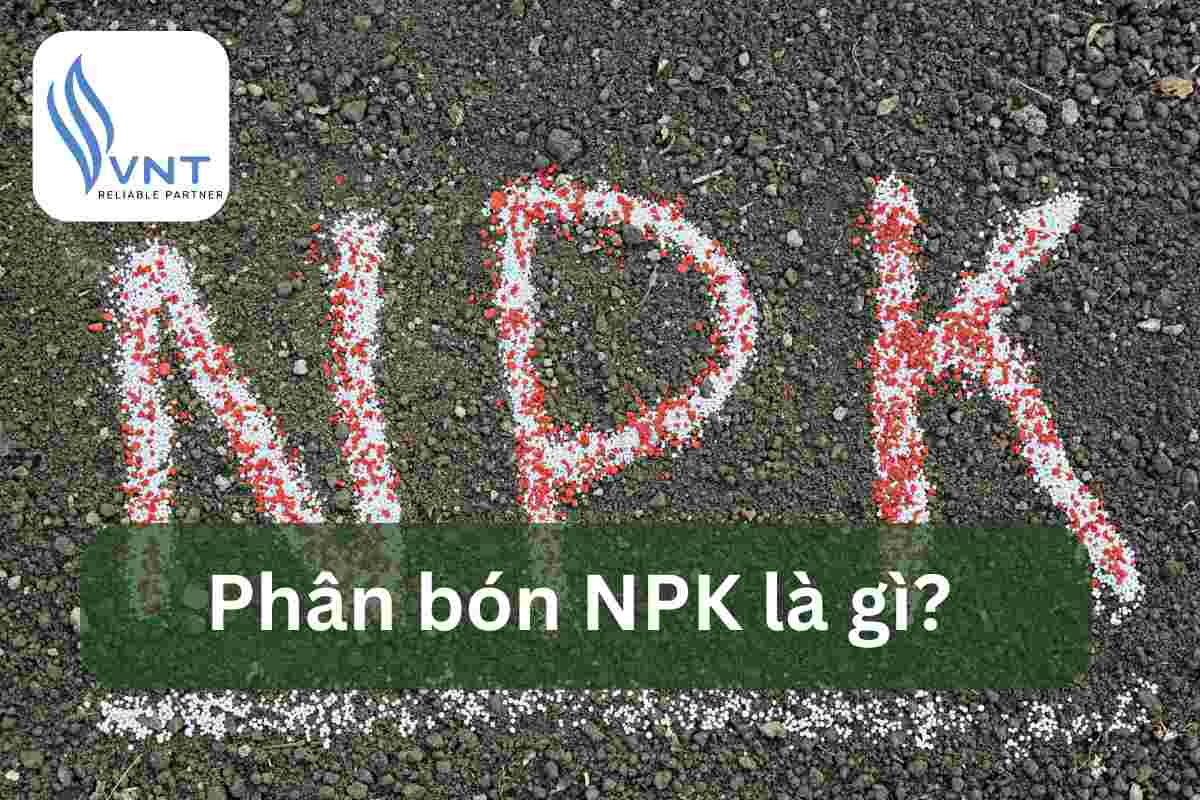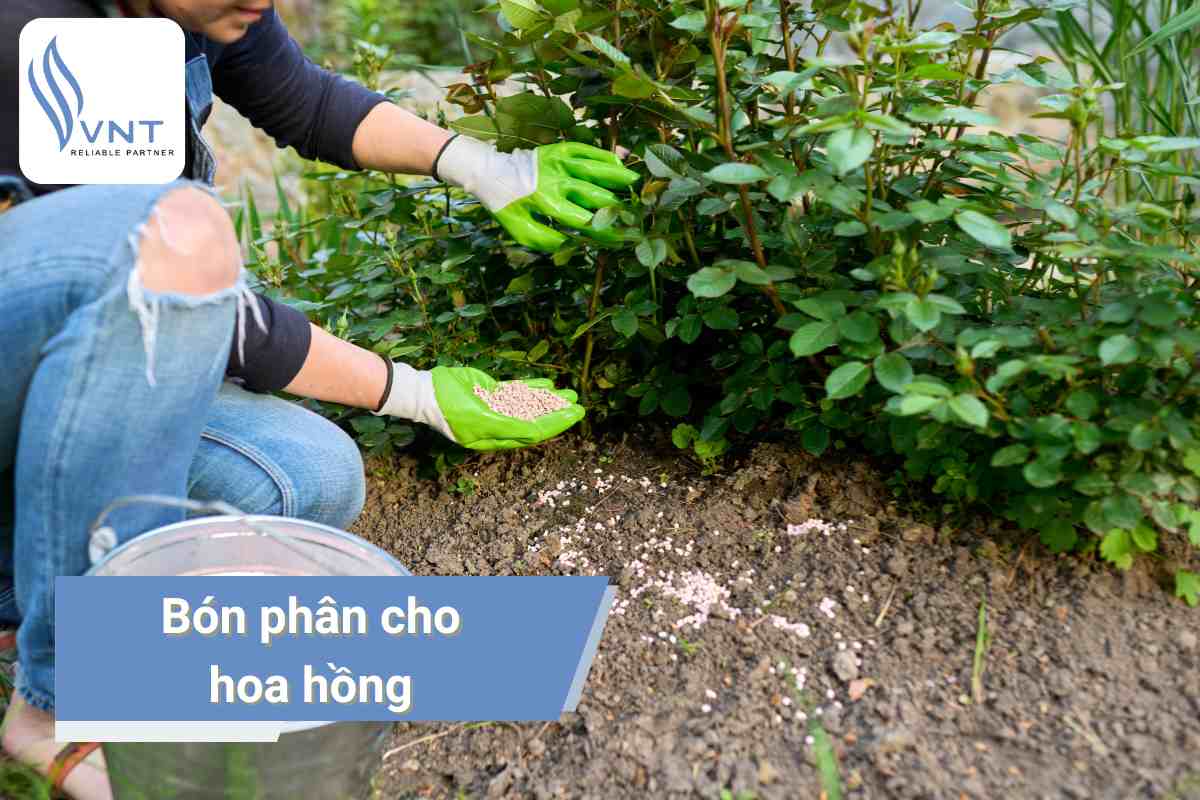TYPES OF POTASSIUM FERTILIZER ON THE MARKET AND WHAT YOU NEED TO KNOW
Thanks to advances in science and technology, many high-yield crop varieties have been born. These varieties often need a lot of K from the soil. Therefore, to have high productivity and good quality agricultural products, it is necessary to pay attention to fertilizing plants with potassium. So what is potassium fertilizer? What effect does potassium fertilizer have on plants? What types of potassium fertilizers are there? Let's find out about this type of fertilizer with VNT
What is potassium fertilizer??
Potassium is one of the essential macronutrients that plants need to provide during the growth and flowering stages. Potassium fertilizers are potassium salts (such as KNO3, KCl, ...) used as fertilizers for plants.
In nature, potassium is abundant in groundwater, irrigation water, and in alluvial soil that is deposited every year. Plants often need a larger amount of K than N. But in reality, there is more potassium in the soil than N and P, so people are often indifferent to fertilizing plants with potassium.
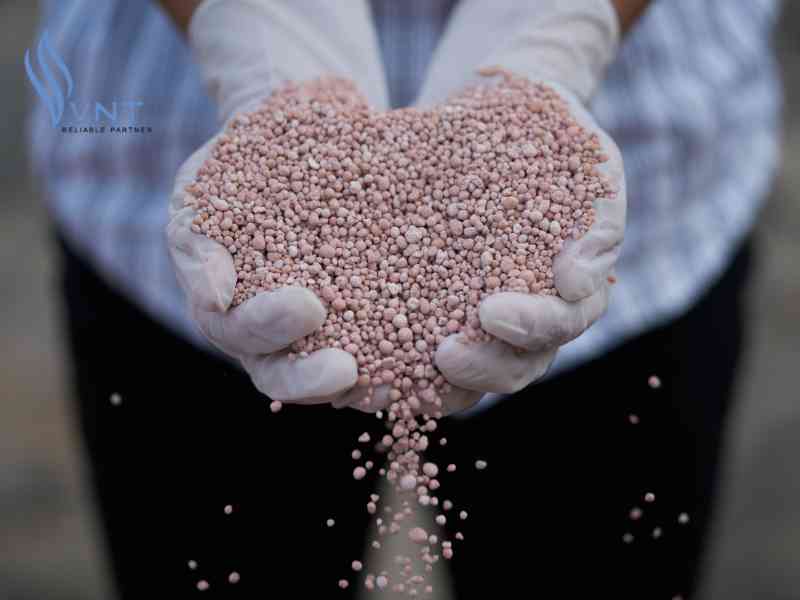
What is potassium fertilizer??
What effect does potassium fertilizer have on plants?
The effect of potassium fertilizer is also shown through the effect of potassium on plants.
- The main role is to convert energy in the process of assimilating nutrients to create productivity and quality of agricultural products.
– Increases cold resistance and winter resistance by increasing cell permeability
– Increases resistance to fungi and diseases
– Increases plant resistance to adverse weather conditions such as cold, drought, waterlogging, pests
– Regulates plant life activities through the physical and chemical properties of cells
– Participates in photosynthesis, sugar, starch and protein synthesis, increasing plant productivity
– Increases the ability to absorb water and nutrients of plant roots
– Increases the ability to use light for plants in low-sunlight conditions
– Promotes nitrogen synthesis in plants, reduces the harmful effects of high nitrogen fertilization, and quickly converts nitrogen into protein
– Helps plants retain water better, increases drought resistance by increasing hydration of plasma colloidal structures and enhancing their dispersion ability.
– Effects of Potassium on each type of plant:
+) Short-term industrial crops: K helps increase productivity and resistance to pests and diseases
+) Leafy vegetables: K increases the quality of fruits and vegetables, reduces the rate of soft rot and nitrate content
+) Fruit trees: K increases the differentiation of young shoots, reduces the rate of shedding, increases the rate of fruit set, improves the quality of agricultural products through the process of accumulating sugar and vitamins, helps the fruit color to be more beautiful, the fruit flavor is more fragrant, increases the ability to preserve agricultural products
Potassium fertilizer is very important for plants. Both lack and excess of potassium reduce crop yield.
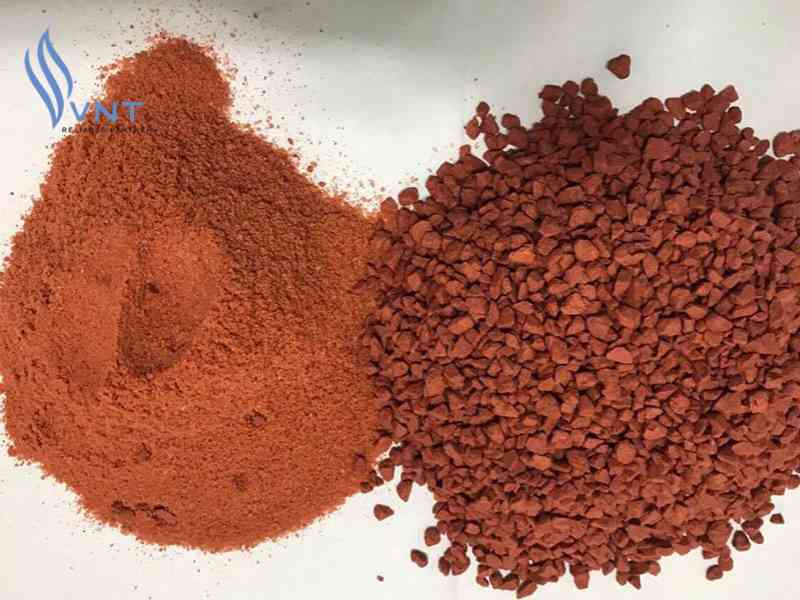
What effect does potassium fertilizer have on plants?
Plants lacking potassium fertilizer
Plants lacking potassium fertilizer will greatly affect crop yield.
- Negatively affect the metabolism in plants, weaken the activity of enzymes, increase the cost of sugar for absorption
- Excess nitrogen: makes plants susceptible to harmful fungi, causing poisoning to plants
- For seed crops, it increases the rate of empty seeds, fruit trees produce small fruits, fruits that are easily cracked, thick shells
- Reduces the germination rate and vitality of seeds
- Plants have root rot, stunted growth, weak stems, and are prone to falling
Symptoms of potassium deficiency
+) Old leaves turn yellow early and start from the leaf edge, then the leaf edge and leaf tip can become yellow or silvery, the leaf edge dies and is destroyed and the leaf shows signs of being torn
+) The biochemical and metabolic processes of plants are slowed down
+) Reduces photosynthetic productivity, affecting crop quality
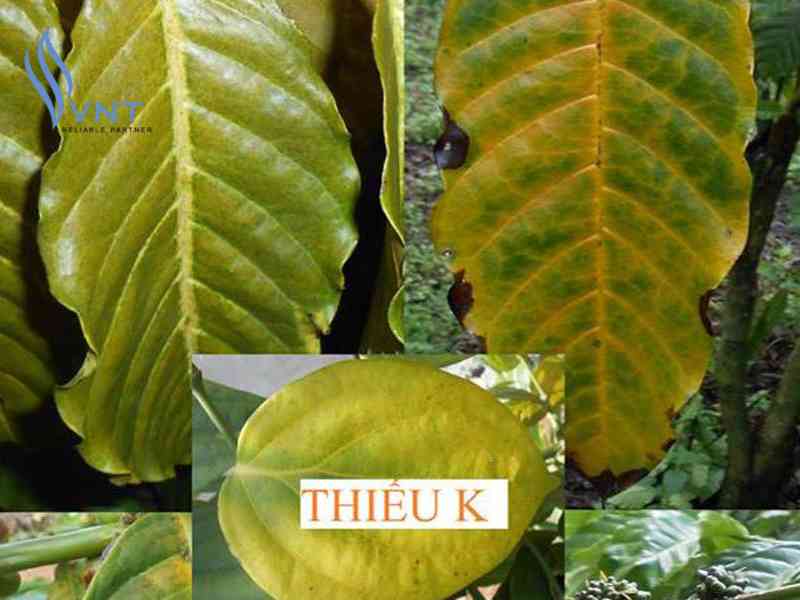
Plants lacking potassium fertilizer
Plants with excess potassium
If there is a lack of potassium, it will greatly affect the plants, and if there is an excess of potassium, it will reduce the efficiency and quality of the plants.
- Excess potassium at low levels causes ion antagonism, making the plants unable to fully absorb other nutrients such as magnesium and nitrate
- Excess potassium at high levels increases the osmotic pressure of the soil environment, preventing the absorption of water and nutrients, negatively affecting crop yields.
- Causes green plants to wither
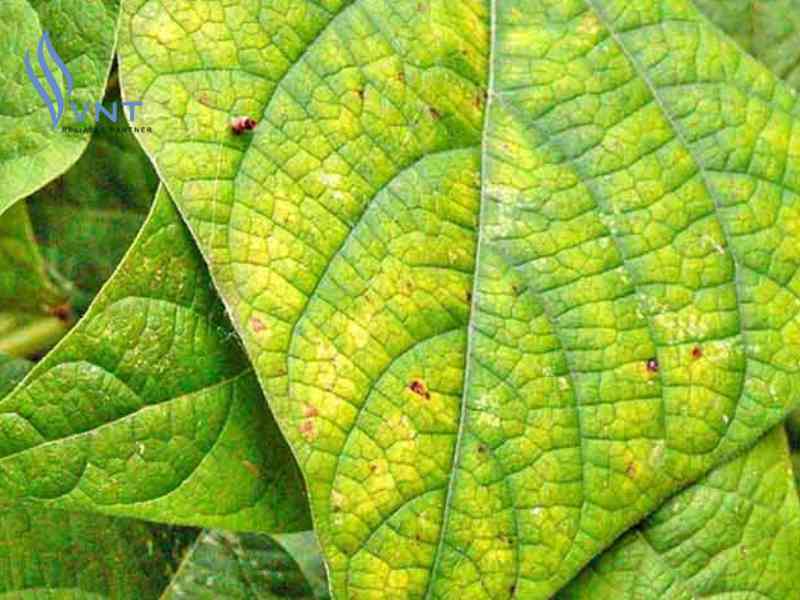
Popular types of potassium fertilizers on the market
Understanding the effects of Potassium on plants, potassium supplementation is essential. In fact, there are many ways to fertilize plants with potassium. Fertilizing with potassium fertilizer is the most common method. There are many types of potassium fertilizer, so farmers should choose the right type of fertilizer to fertilize their plants.
1. Potassium Chloride (KCl) or MOP fertilizer
This is a very popular type of potassium fertilizer on the market because it is affordable and suitable for many different types of soil. The pure potassium content is 50 - 60%.
- Characteristics:
+) Pink, opaque gray or gray-white powder, small crystallized grains, good looseness, easy to use
+) Physiologically acidic fertilizer, easy to stick when wet, making it difficult to use
+) Good solubility helps plants absorb easily
Should be used as top dressing or base fertilizer.
Note: Do not apply this fertilizer to aromatic plants, tea, coffee... suitable for coconut trees, starch plants (corn, wheat), oil plants (palm)
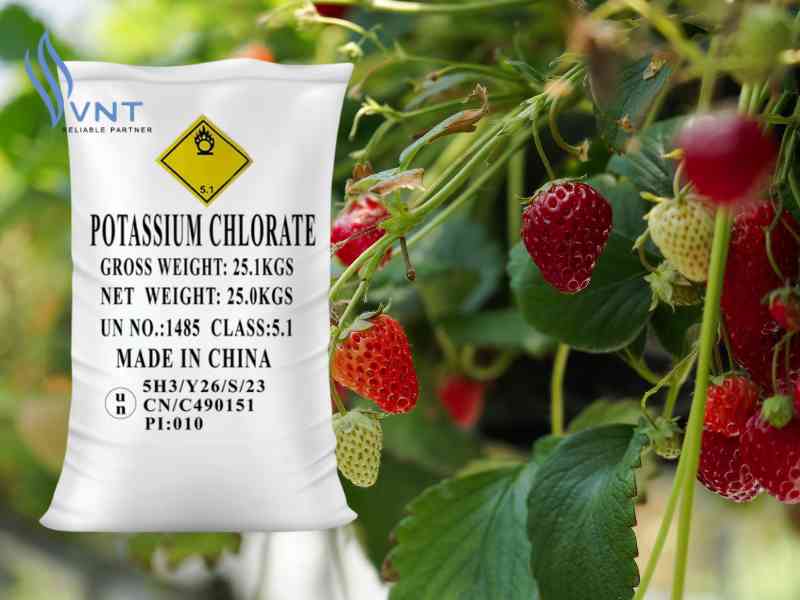
Kali Clorua
2. Potassium Sulphate (Potassium sulphate – K2SO4) or SOP fertilizer
The pure potassium content in this fertilizer is 45-50%. In addition, the fertilizer also contains 18% sulfur.
- Characteristics:
+) Small, smooth, white crystals
+) Easily soluble in water, low moisture absorption
+) Physiologically acidic fertilizer, if used for a long time on the soil, it will increase the acidity of the soil.
Potassium Sulphate is generally more expensive than Potassium Chloride, so it is used in some crops with high economic value, fertilized in the pre-harvest stage.
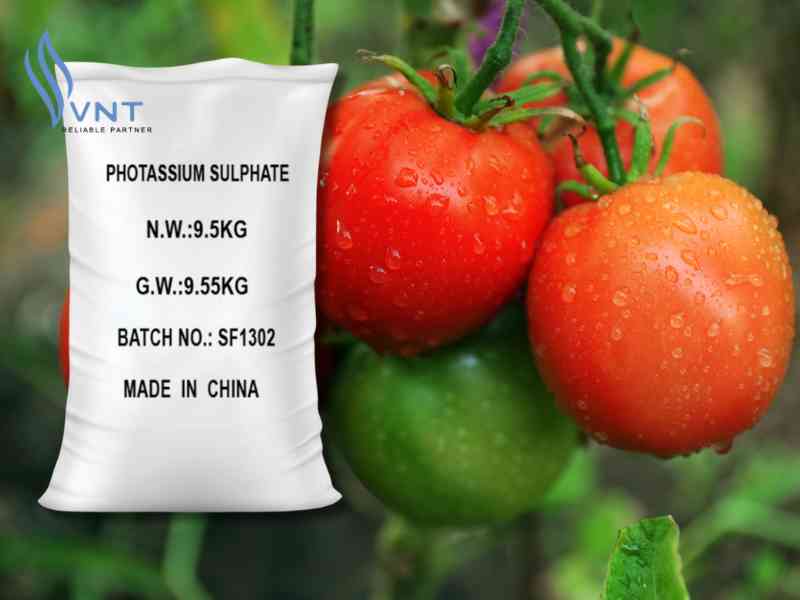
Kali Sunfat
3. Potassium Magnesium Sulfate Fertilizer
This is a type of Potassium fertilizer that provides many nutrients for plants. The fertilizer contains K2O (20 - 30%): MgO (5 - 7%): S (16 -22%)
– Characteristics:
+) Standard and granular form, does not contain chlorine and salt
+) Is a multi-nutrient fertilizer that provides both highly soluble Potassium, sulfur and magnesium
+) Does not change the pH of the soil
This fertilizer is used effectively on poor sandy soil and infertile soil.
4. Potassium Nitrate or NOP fertilizer
A type of fertilizer that is quite popular with people is Potassium Nitrate fertilizer. The fertilizer contains 44% K2O and 13% N. When used, it is often noted that the effectiveness of N is more important than that of potassium, which is also unreasonable.
–Characteristics: Crystalline, pellet form
– Use:
+) Base or foliar fertilization, suitable for hydroponic plants
+) Raw material for producing NPK fertilizer in liquid or crystal form
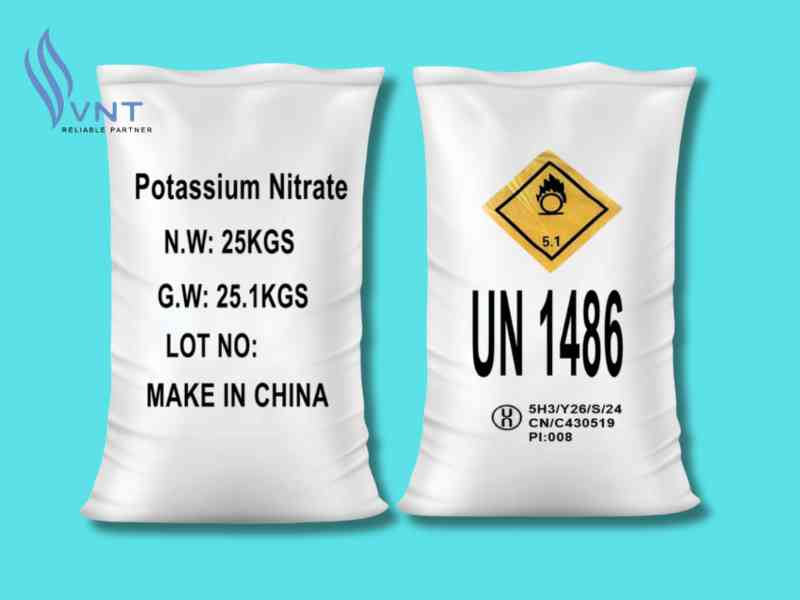
Kali Nitrat
5. Kainit
Is a type of potassium fertilizer produced in the western Ukraine from kainite-langbenite ore containing 8-12% K2O. After processing, the fertilizer contains 30-40% K2O in two forms of chloride and sulfate, in addition to a certain proportion of K, Mg, Na, Cl and SO4
6. Potassium patang
Is a type of fertilizer produced in Germany, containing 28% K2O in the form of K2SO4 and 8% MgO in the form of MgSO4.
7. Potassium humate (Potassium Humate)
Potassium Humate is an effective organic potassium fertilizer, it can improve the content of fast-available potassium, reduce potassium loss and fixation, increase the crop to k absorption and utilization rate, and also improve the soil.
Potassium Humate fertilizer promotes plant growth, increases crop resilience, improves crop quality, protects agricultural ecological environment, and other functions.
–Characteristics: Black fine crystalline powder
It with urea phosphate, potassium, mixed, trace elements can be made into effective multifunctional fertilizer raw materials
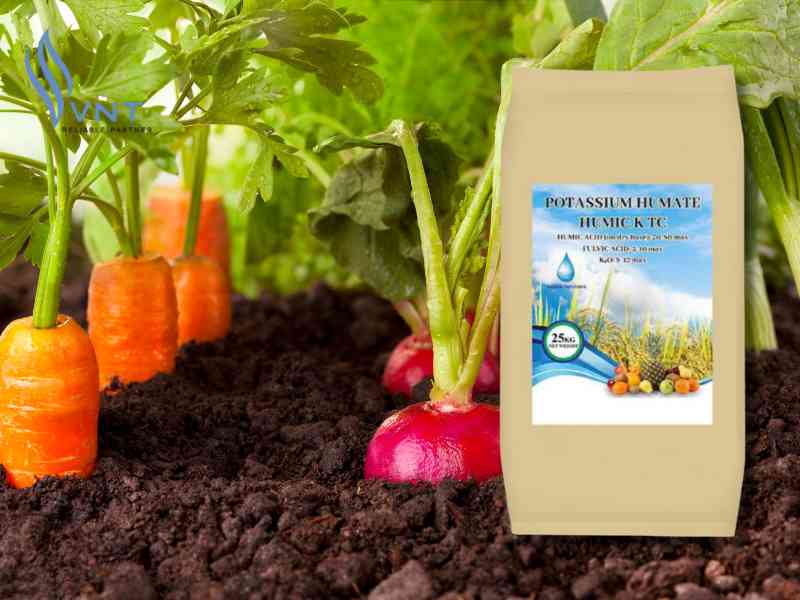
Kali Humate
8. Potassium carbonate and potassium bicarbonate (K2CO3 and KHCO3)
Potassium carbonate contains 50-56% K2O and potassium bicarbonate contains 40-46% K2O.
It is an alkaline fertilizer, easy to store, white, non-watery, suitable for plants growing in acidic soil and not favoring chlorine.
When applied, this type of fertilizer also adds CO2 to the soil, which is beneficial for photosynthesis and increases the starch content in root crops.
9. Potassium electrolite
Is a type of potassium fertilizer produced in Russia from kacnalit, an ore containing 32% K2O, 6% MgO and Na2O in the form of chloride.
10. "Agripac" fertilizer
Produced from Canada with a K2O content of 61%.
Characteristics: Dry fertilizer, large particles, not lumpy, easy to apply
Often used as a raw material to mix with other fertilizers to create mixed fertilizers.
11. Wood ash
Our farmers as well as farmers in many other countries often burn straw, firewood or dried small trees. Before planting, mountain farmers often cut trees and burn them, burying the coal ash deep into the ground.
The chemical composition of plants is different, so the ash composition is very different.
The potassium content in the ash varies greatly depending on the type of plant, from 1 - 30%. Ashes of straw, rice husks, corn, bamboo leaves, and sugarcane leaves do not have a high potassium ratio; Fibre plants such as jute, cotton, palm trees (pandan leaves, areca leaves, palm leaves) and some flower crops (such as beans, beans, jute, hemp, wild cinnamon, cassava...) have very high potassium ratios. Potassium in ash is in the form of carbonate, has strong alkalinity and is good for all types of plants grown in acidic soil.
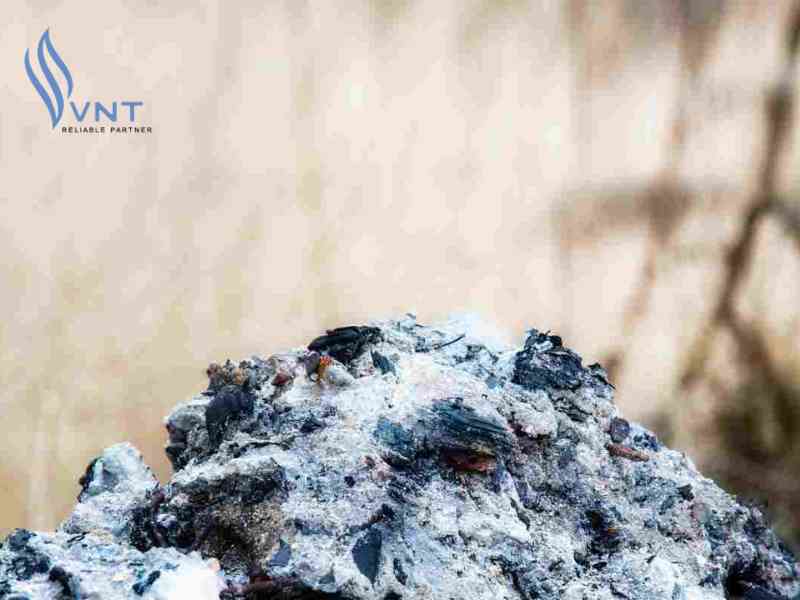
Wood ash
Notes when applying potassium fertilizer
1. Long-term potassium fertilizer can easily make the soil acidic because the K+, Cl-, SO4- ions released when fertilizing combine with H+, H- ions due to the reaction between CO2 and water in the soil to form acids that make the soil acidic.
2. Do not use potassium chloride fertilizer for saline soil because this type of soil has a lot of chlorine, and plants do not like chlorine: tobacco, tea, coffee, aromatic plants, etc.
3. Combine the use of potassium with lime and other fertilizers. All types of potassium fertilizers can be used in the basal fertilization stage, not just the top dressing stage.
Farmers need to clearly understand the type of soil they are growing in to determine the correct amount of potassium to use. Lack of potassium makes leaves wilt and dry easily, plants grow slowly, and agricultural products are of poor quality.
Using too much potassium will cause root atrophy. Excess potassium for a long time can cause an imbalance with sodium and magnesium in the soil. In that case, farmers need to add trace elements to rebalance the nutrient content in the soil.
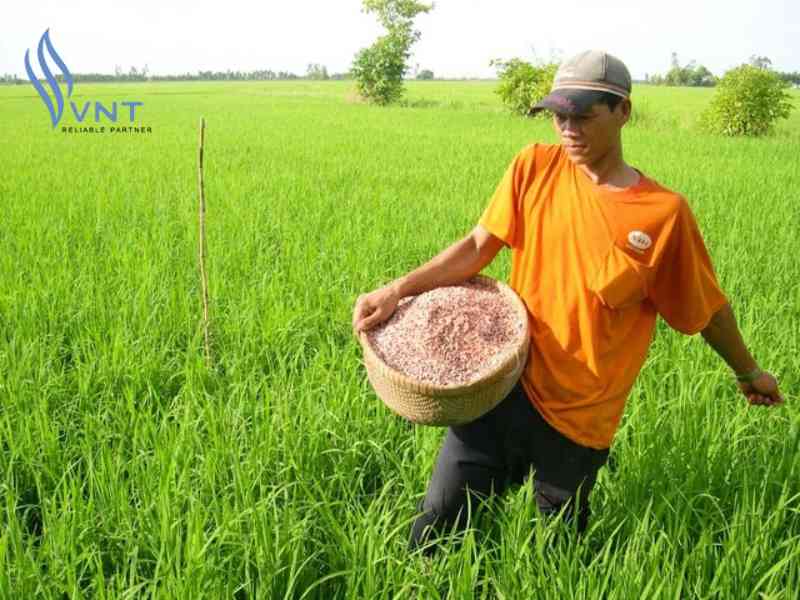
Notes when applying potassium fertilizer
How to distinguish some types of real and fake K fertilizers
You need to carefully check the label to know the origin.
Put a few grams (5-7 grams) of fertilizer into a cup of clear water, if:
+) Use clean chopsticks to stir vigorously, the solution turns light pink, not cloudy, there is a red film sticking to the side of the cup and the fertilizer has dissolved. That is real fertilizer
+) Use chopsticks to stir vigorously, the solution is pink-red and cloudy, there is no film sticking to the side of the cup, and a little sediment may remain. That is fake K fertilizer.
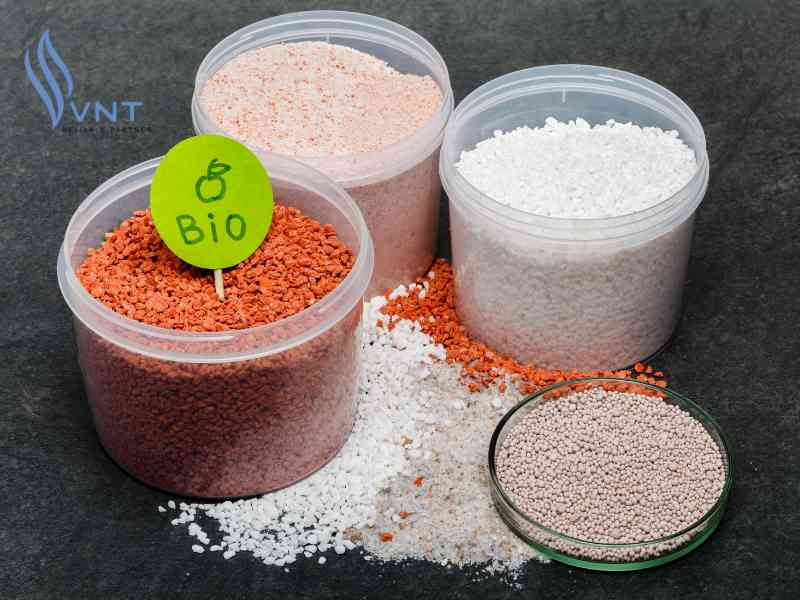
How to distinguish some types of real and fake K fertilizer
You need to buy many types of raw materials for chemical and fertilizer production. Our company VNT specializes in distributing all kinds of chemicals, fertilizers and many types of raw materials for production. Committed to affordable prices but with the leading prestigious quality in Vietnam.



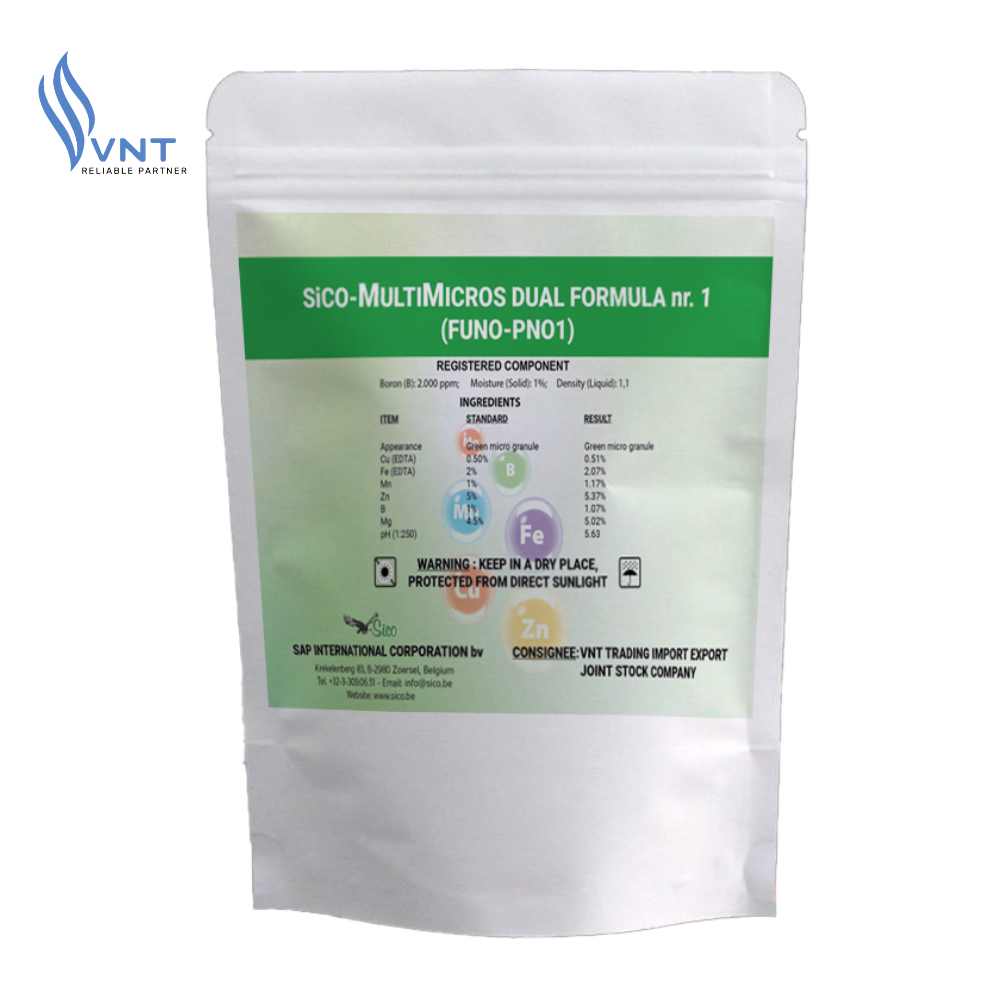
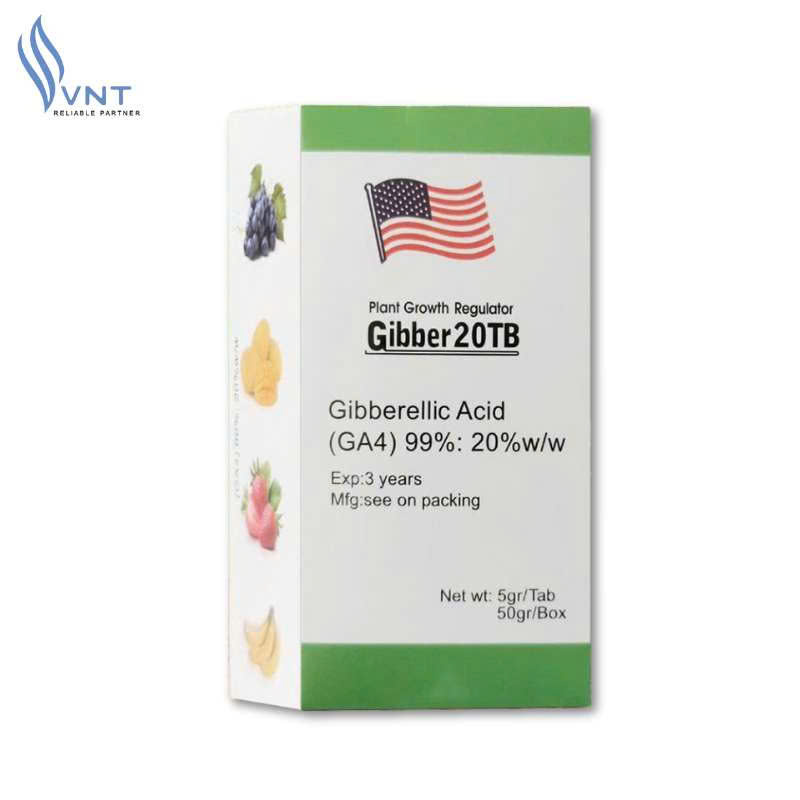
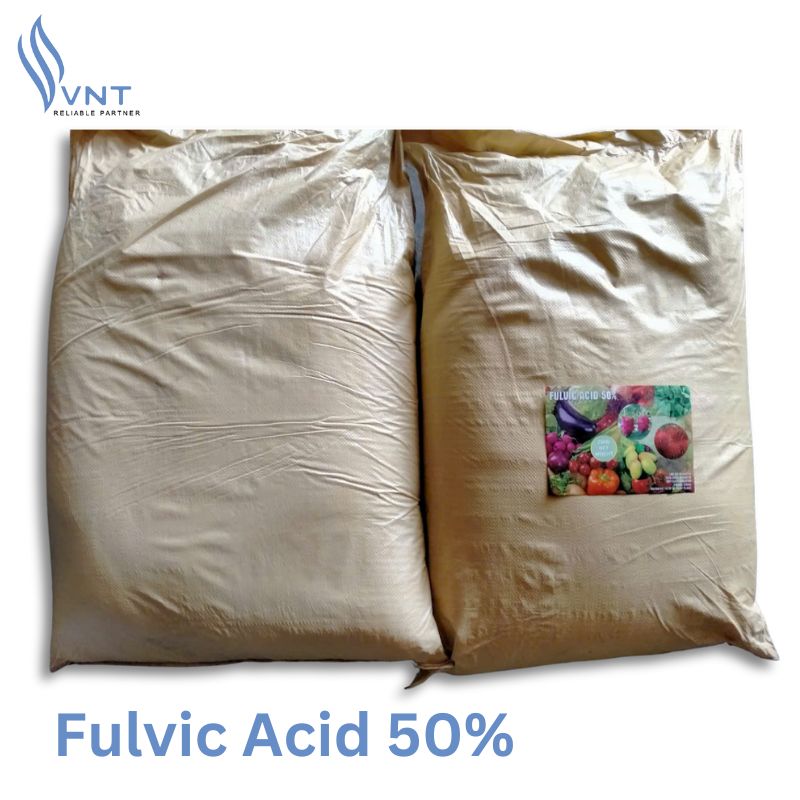
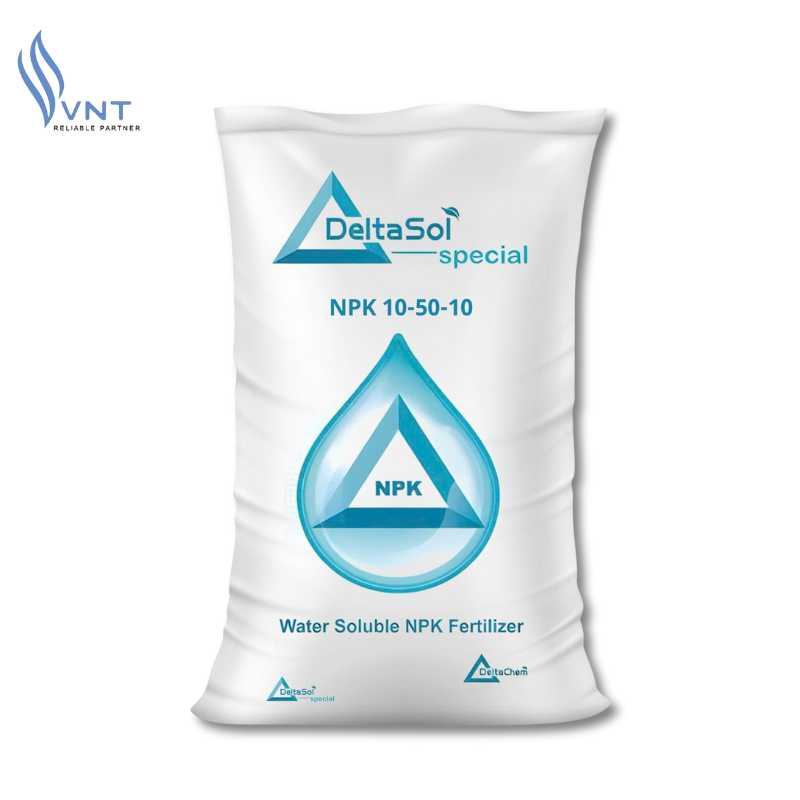
![[Q&A] How Long After Applying NPK Fertilizer Can You Eat Vegetables?](https://www.vntradimex.com/public/files/news/bon-phan-npk-cho-rau-bao-lau-thi-an-duoc-685e204cde416.jpg)
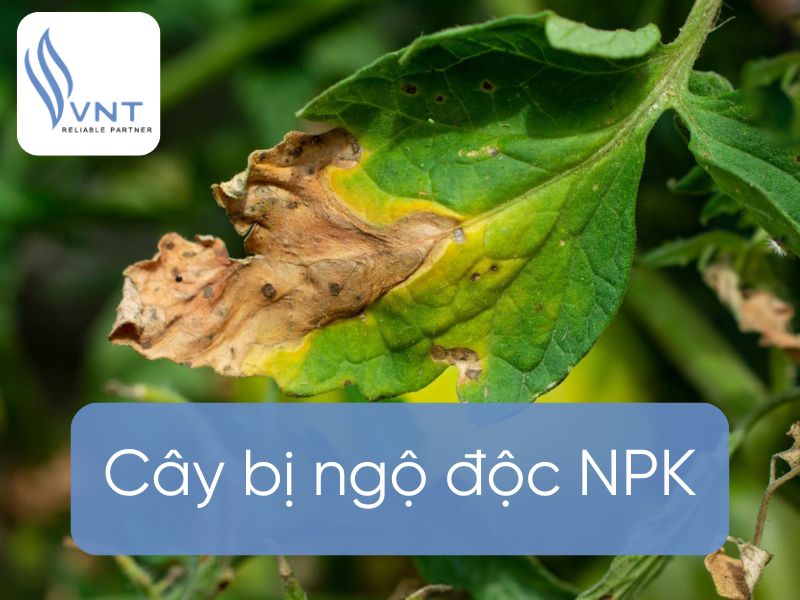
![[SHARE] How to use NPK fertilizer properly that everyone should know!](https://www.vntradimex.com/public/files/news/cach-dung-phan-bon-npk-dung-cach-682c46ab907d2.jpg)
